Amoxicillin: current use in swine medicine
Amoxicillin has become a major antimicrobial substance in pig medicine for the treatment and control of severe, systemic infections such as Streptococcus suis. The minimum inhibitory concentration 90% (MIC 90) is 0.06 μg amoxicillin/ml, and the proposed epidemiological cut-off value (ECOFF) is 0.5 μg/ml, giving only 0.7% of isolates above the ECOFF or of reduced susceptibility.
Clinical breakpoints have not been set for amoxicillin against porcine pathogens yet, hence the use of ECOFFs. It has also been successfully used for bacterial respiratory infections caused by Actinobacillus pleuropneumoniae and Pasteurella multocida. The ECOFF for amoxicillin against A. pleuropneumoniae is also 0.5 μg/ml demonstrating only a reduced susceptibility in 11.3% of isolates. Similarly, P. multocida had an ECOFF of 1.0 μg/ml and a reduced susceptibility in only 2.6% of isolates.
This reduced susceptibility disappears when combined with the beta-lactamase inhibitor, clavulanic acid, demonstrating that it is primarily associated with beta-lactamase production. In contrast, amoxicillin is active against Escherichia coli and Salmonella species but using ECOFFs of 8.0 and 4.0 μg/ml, respectively, reduced susceptibility can be seen in 70.9% and 67.7% of isolates. These high levels of reduced susceptibility are primarily due to beta-lactamase production also, and most of this resistance can be overcome by the combination of amoxicillin with clavulanic acid.
Currently, amoxicillin alone is considered an extremely valuable antimicrobial in both human and animal medicine and remains in the critically important category of antibiotics alongside the fluoroquinolones and macrolides by the World Health Organization as well as the third- and fourth-generation cephalosporins, but these cephalosporins show marked resistance to basic beta-lactamase production and are only destroyed by the extended-spectrum beta-lactamases. Amoxicillin alone and in combination with clavulanic acid are currently classed together in Category 2 in the European Union.
By reviewing the pharmacodynamic data and comparing this with pharmacokinetic data from healthy and infected animals and clinical trial data, it can be seen that the product has a good efficacy against S. suis and A. pleuropneumoniae, in spite of usage over many years. However, it may be much less efficacious on its own against E. coli, due to reduced susceptibility and resistance associated with beta-lactamase production, which is largely overcome by the use of clavulanic acid. It is felt that this differentiation may be useful in future classification of amoxicillin alone, in comparison with its combined use with clavulanic acid and thereby preserve the use of the more critically important antibiotics in veterinary medicine and reducing the risk of their resistance being transmitted to human.
Authors: D. G. S. Burch, D. Sperling
Source: https://onlinelibrary.wiley.com/


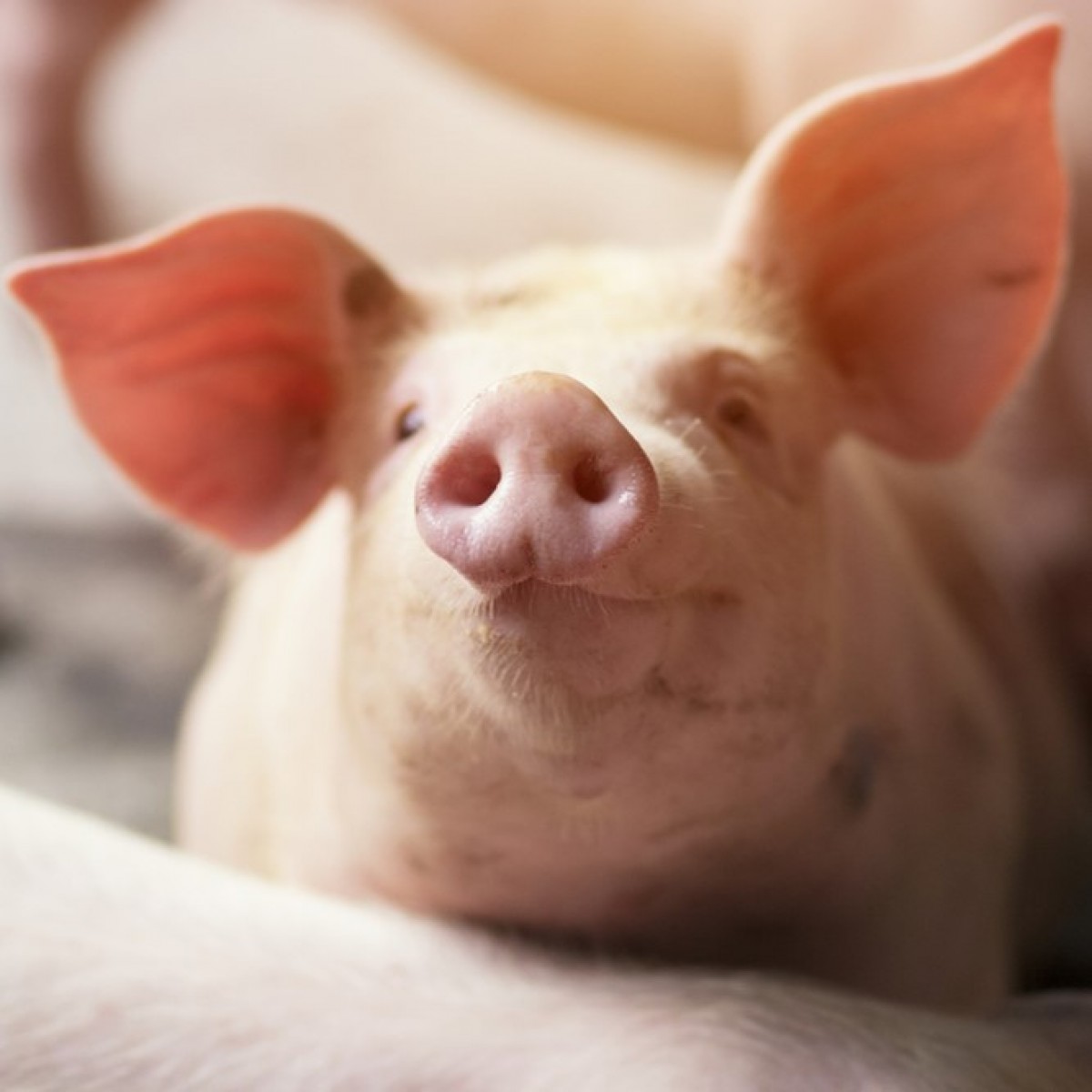
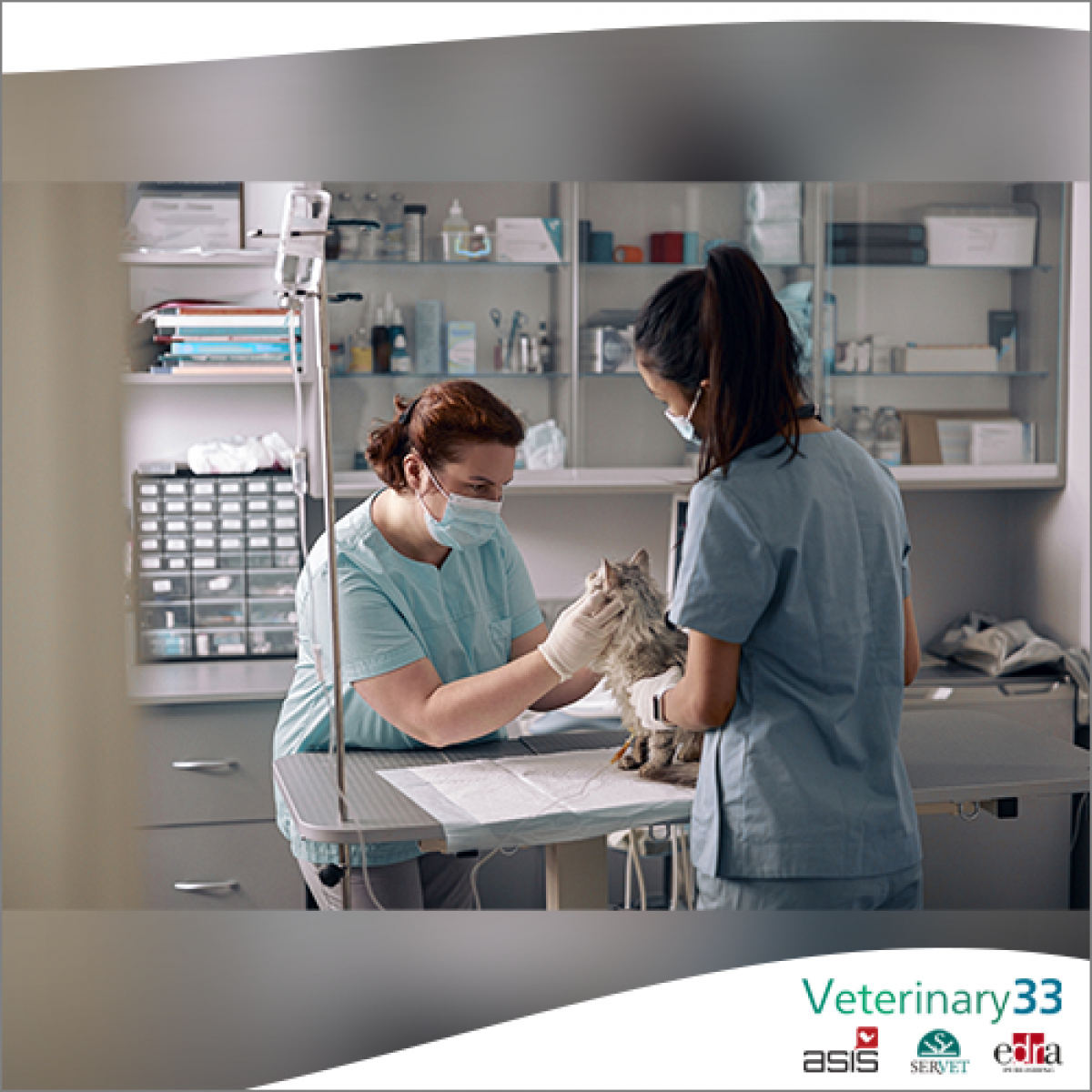
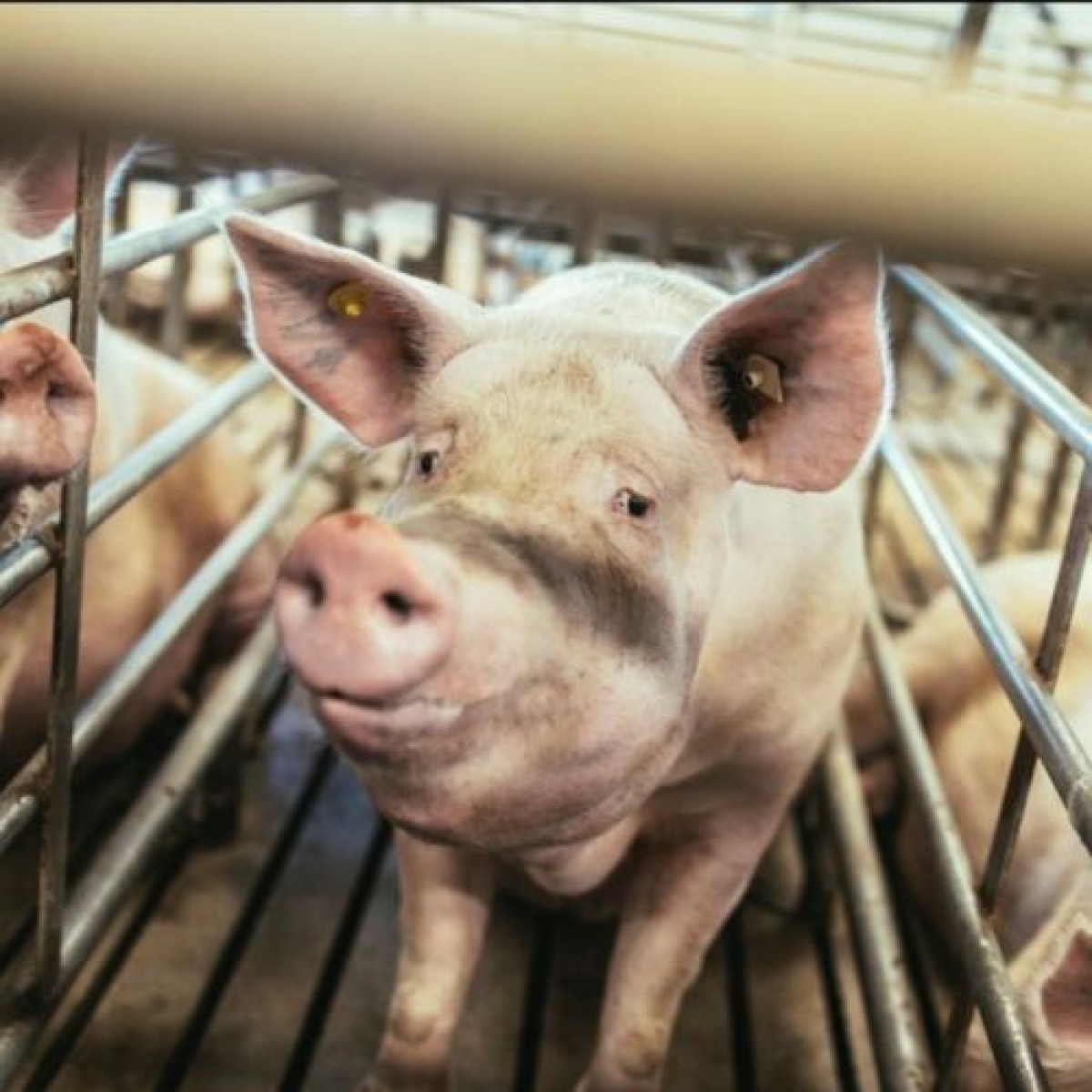

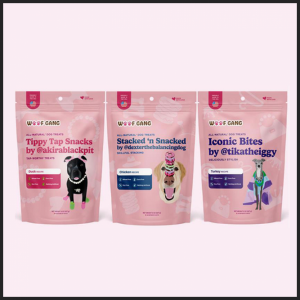
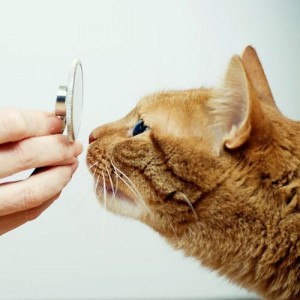
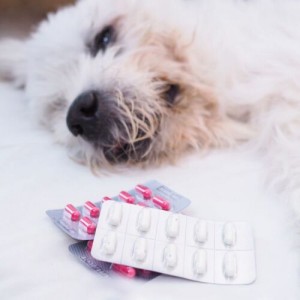
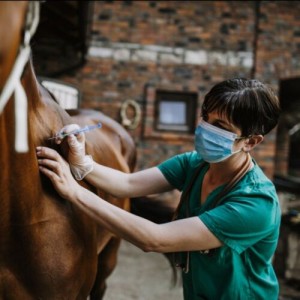

List
Add
Please enter a comment